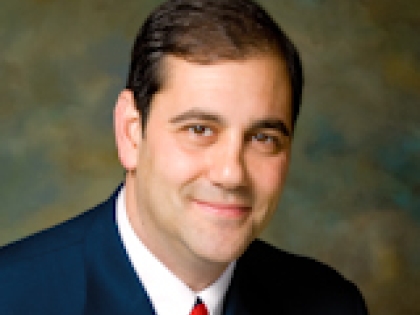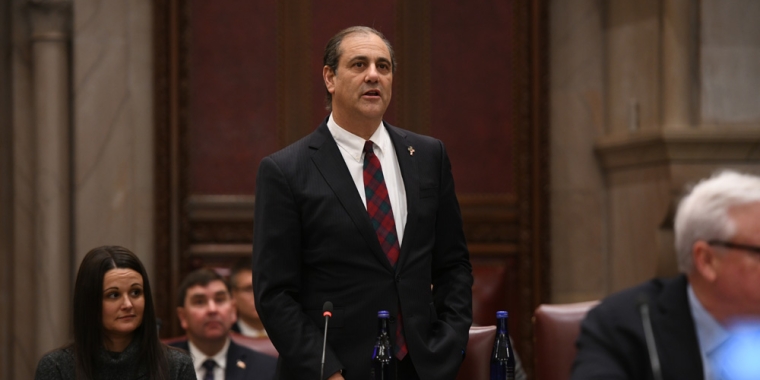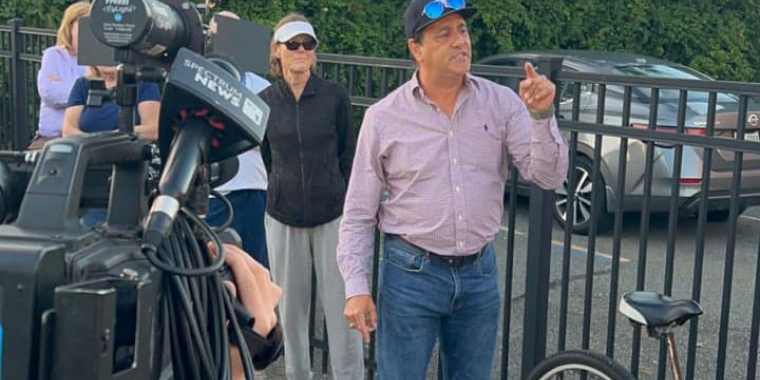
IN THE NEWS - Staten Island Advance: Cuomo signs prescription drug database into law; Staten Island pols rejoice
Published: Monday, August 27, 2012, 5:51 PM by John Annese
STATEN ISLAND, N.Y. -- It's now the law of the state -- the governor on Monday authorized a database that tracks whether patients are bouncing from doctor to doctor to stockpile prescriptions of drugs like oxycodone.
Three years after the Advance highlighted a deadly abuse epidemic that has killed more people on Staten Island than car crashes or murder, Gov. Andrew Cuomo has signed a bill spearheaded by borough lawmakers that would turn such a database into reality within a year.
Under the new law, doctors, or their designated employees, must check a real-time registry maintained by the state Health Department before they prescribe certain drugs, such as the painkiller oxycodone. Pharmacists would also get access to the registry, and would be required to report each time they dispense such drugs.
"This is a good step forward," said Assemblyman Michael Cusick (D-Mid-Island), who along with state Sen. Andrew Lanza (R-Staten Island) spearheaded the bill. "It's not a cure-all, but it is a major step forward in fighting this epidemic."
The bill incorporates parts of the "I-STOP" database proposal introduced by state Attorney General Eric Schneiderman. It also includes aspects of a drug-registry bill first crafted by Cusick and Lanza about two years ago.
Oxycodone is the most widely-prescribed drug on Staten Island, and the borough handily tops the rest of the city in prescriptions filled per capita -- last year, roughly one prescription was filled for every four people here.
In 2010, 31 Staten Islanders died of "unintentional opioid analgesic poisoning," up from 28 deaths in 2009, according to city Health Department statistics.
Lanza in a written statement hailed the law as "historic."
"Governor Cuomo's signature on this landmark legislation means that the State of New York has now taken the lead in turning back the prescription drug abuse epidemic which has ravaged families from one end of New York to the other," he said. "Doctors and pharmacists will now have the tools necessary to help Staten Islanders avoid falling prey to prescription drug abuse and to help those under its influence.
Lawmakers see the database as a vast improvement over the database system already used by the state Department of Health. That system flags patients as potential doctor-shoppers, but the information in the database is typically a month old, few physicians know how to access it regularly and aren't required to do so, and pharmacists have no access at all.
"Too many families in New York State have suffered the loss of a teenager or youth as a result of prescription drug abuse," Cuomo said in a written statement Monday. "With this new law, New York State is tackling this problem head-on, and giving law enforcement and medical professionals the tools they need to stop abuse before it occurs and crack down on offenders."
The law also enacts several other measures aimed at combating prescription drug abuse.
It moves the state toward requiring doctors replace paper prescriptions -- which are often stolen and forged -- with electronic prescriptions that can be transmitted to pharmacists. Under the new law, the state Commissioner of Health must create regulations that establish "E-prescribing" standards by year's end, and require doctors follow the practice, with a few exceptions, two years after that.
"In two years, that will mean it'll all be done electronically, so you won't have the problems of prescription pads being stolen or misused," Cusick said. "Stolen or misused pads are a big contributor to this epidemic."
The law will also make hydrocodone a Schedule II controlled substance, placing limits on how much can be prescribed at once and eliminating automatic refills, and will make another painkiller, tramadol, a Schedule IV controlled substance.
Effective immediately, the law will also require the state health department to create a system of "safe disposal" sites at local police stations where people can get rid of their unwanted prescription drugs.
The state health department will also create a work group that focuses on educating the public and medical professionals on the dangers of prescription drug abuse.
Regarding the database, Luke Nasta, the executive director of Camelot Counseling Services, said, "It's an excellent measure to address an epidemic. It's an excellent gesture to acknowledge the existence and prevalence of prescription drug abuse in our society."
Nevertheless, Nasta criticized Cuomo for enacting measures that he said are geared more toward cutting Medicaid costs than ensuring addicts get the level of treatment they need. "There's gross failure on the part of this administration to provide the necessary resources to deal with and treat individuals and families already immersed in addiction."



